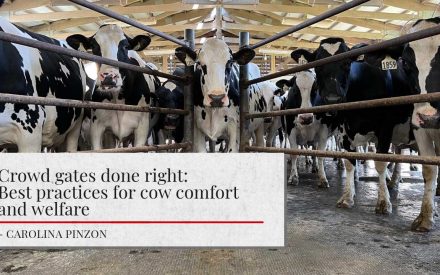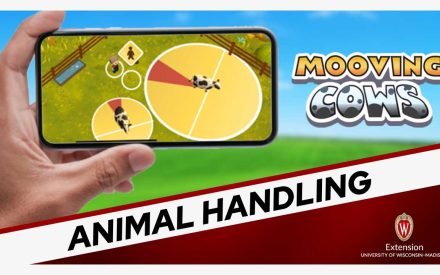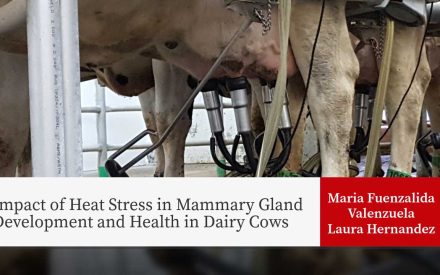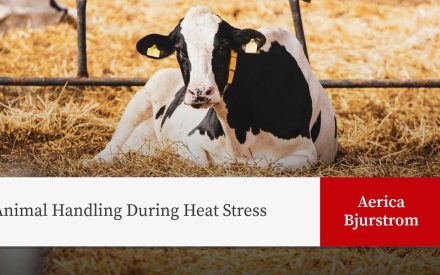
Introduction
Dealing with a down cow can be frustrating, however with proper procedural practices in place, you will equip your team with the attitude and skillset to handle the situation. As an owner or manager, your response is a direct reflection of your character when dealing with a down cow. Act with preparedness, professionalism and a positive attitude.
If a cow is down, it is important to assess the situation to determine the best outcome for the animal before addressing it. What caused the cow to fall? If the cow fell due to an environmental issue such as slippery floors or a tripping hazard, rectify that situation so other cows and people can pass through the area safely.
If the cow fell due to an existing injury, assess its injury and any new injuries that may have occurred as a result of the fall. If the cow appears to be capable of standing, encourage her to do so on her own. Gather your team, usually having three people is recommended.
If a cow is unable to stand and needs to be moved by equipment, it should be a coordinated effort between the equipment operator and the person or people working with the cow. The farm’s animal handling protocols should be followed carefully to ensure the safety of the animal and the people working with it. If a cow is down for more than 12 hours, a veterinarian should be consulted on further treatment or euthanasia.
Monitor a cow’s recovery from illness or lameness and make preemptive marketing decisions when their progress is not occurring and before they might become down. Marketing cattle promptly before this issue occurs will promote better quality of life for the animal and be more efficient for the operation. Remember to account for all drug withdrawal times prior to marketing the animal.
Establish and maintain a positive cow care mentality: cow care culture starts at the top!
- Positive attitudes
- Reasonable
- Clear Expectations
- Defined Tolerances
- Ready State of preparedness
- Identify and leverage personnel passion and interests
- Identify and involves cow people
- Enable the cow people
If the animal struggles to rise, an assistant should grasp the root of the tailhead with both hands and lift. Lifting on any other part of the tail may cause damage.
Conclusion
Handling a down cow can be challenging, but with the right procedures, your team will be well-prepared. As an owner or manager, your response reflects your character—always act with preparedness, professionalism, and positivity.
Resources
Managing Down Cows, Robert Leder, DVM, Chair, Dairy Welfare Committe, Wisconsin Veterinary Medical Association
https://dairylandvet.net/wp-content/uploads/2023/08/06-leder-robert-hownow-down-cow.pdf
Managing Down Cattle, Sandy Stutten, DVM, Agriculture Educator, UW-Madison, Division of Extension, Taylor County
https://livestock.extension.wisc.edu/files/2023/05/DOWN-COW-publication-.pdf
Author

Angie Ulness
Dairy Educator – Angie has been active in the dairy industry her entire life. She was raised on her family farm in Door County and currently farms with her husband Mark and their four children in Manitowoc County. Angie has previously worked as a Field Representative for Holstein USA and a Senior Territory Manager for a Pharmaceutical company. Her area of focus is Dairy Farm Management, Profitability and Efficiency.


 Crowd gates done right: Best practices for cow comfort and welfare
Crowd gates done right: Best practices for cow comfort and welfare Mooving Cows: Learn basic cow handling skills to stay safe and keep cows calm
Mooving Cows: Learn basic cow handling skills to stay safe and keep cows calm Impact of Heat Stress in Mammary Gland Development and Health in Dairy Cows
Impact of Heat Stress in Mammary Gland Development and Health in Dairy Cows Animal Handling During Heat Stress
Animal Handling During Heat Stress


